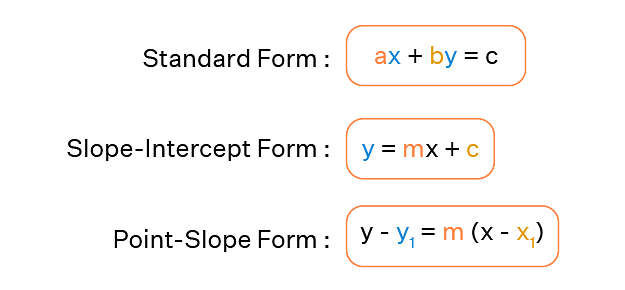If a line $l$ passes through $(k, 2 k),(3 k, 3 k)$ and $(3,1), k \neq 0$, then the distance from the origin to the line $l$ is
- $\frac{1}{\sqrt{5}}$
- $\frac{4}{\sqrt{5}}$
- $\frac{3}{\sqrt{5}}$
- $\frac{2}{\sqrt{5}}$
The Correct Option is A
Solution and Explanation
Top Questions on Straight lines
- The equation of a straight line is given by \( y = 3x + 4 \). What is the slope of the line?
- BITSAT - 2025
- Mathematics
- Straight lines
- Find the slope of the line passing through the points $ (1, 2) $ and $ (3, 6) $:
- BITSAT - 2025
- Mathematics
- Straight lines
- The equation of the line passing through the point \((1, 2)\) and perpendicular to the line \(3x + 4y - 12 = 0\) is:
- AP EAPCET - 2025
- Mathematics
- Straight lines
- Find the slope of the line perpendicular to the line $ 3x + 4y - 12 = 0 $.
- AP EAPCET - 2025
- Mathematics
- Straight lines
- The vertices of a triangle are A(–1, 3), B(–2, 2) and C(3, –1). A new triangle is formed by shifting the sides of the triangle by one unit inwards. Then the equation of the side of the new triangle nearest to origin is :
- JEE Main - 2024
- Mathematics
- Straight lines
Questions Asked in AP ECET exam
- The coefficient of \( (y-2) \) in the Taylor's series expansion of \( f(x, y) = x^2 + xy + y^2 \) in powers of \( (x-1) \) and \( (y-2) \) is:
- AP ECET - 2025
- Calculus
- The equation of the circle with extremities \( (1, 3) \) and \( (5, 7) \) of the diameter is:
- AP ECET - 2025
- Geometry
- If \( A = \begin{pmatrix} 2 & x + 9 \\ 1 & 2x \end{pmatrix} \) is invertible, then \( x \neq \):
- AP ECET - 2025
- Linear Algebra
- The centre of the circle of curvature for the curve \( y = e^x \) at \( (0, 1) \) is:
- AP ECET - 2025
- Calculus
- The integral value of \( \int \frac{\cos 2x}{\sin^2 x \cos^2 x} \, dx = \):
- AP ECET - 2025
- Calculus
Concepts Used:
Straight lines
A straight line is a line having the shortest distance between two points.
A straight line can be represented as an equation in various forms, as show in the image below:

The following are the many forms of the equation of the line that are presented in straight line-
1. Slope – Point Form
Assume P0(x0, y0) is a fixed point on a non-vertical line L with m as its slope. If P (x, y) is an arbitrary point on L, then the point (x, y) lies on the line with slope m through the fixed point (x0, y0) if and only if its coordinates fulfil the equation below.
y – y0 = m (x – x0)
2. Two – Point Form
Let's look at the line. L crosses between two places. P1(x1, y1) and P2(x2, y2) are general points on L, while P (x, y) is a general point on L. As a result, the three points P1, P2, and P are collinear, and it becomes
The slope of P2P = The slope of P1P2 , i.e.
\(\frac{y-y_1}{x-x_1} = \frac{y_2-y_1}{x_2-x_1}\)
Hence, the equation becomes:
y - y1 =\( \frac{y_2-y_1}{x_2-x_1} (x-x1)\)
3. Slope-Intercept Form
Assume that a line L with slope m intersects the y-axis at a distance c from the origin, and that the distance c is referred to as the line L's y-intercept. As a result, the coordinates of the spot on the y-axis where the line intersects are (0, c). As a result, the slope of the line L is m, and it passes through a fixed point (0, c). The equation of the line L thus obtained from the slope – point form is given by
y – c =m( x - 0 )
As a result, the point (x, y) on the line with slope m and y-intercept c lies on the line, if and only if
y = m x +c